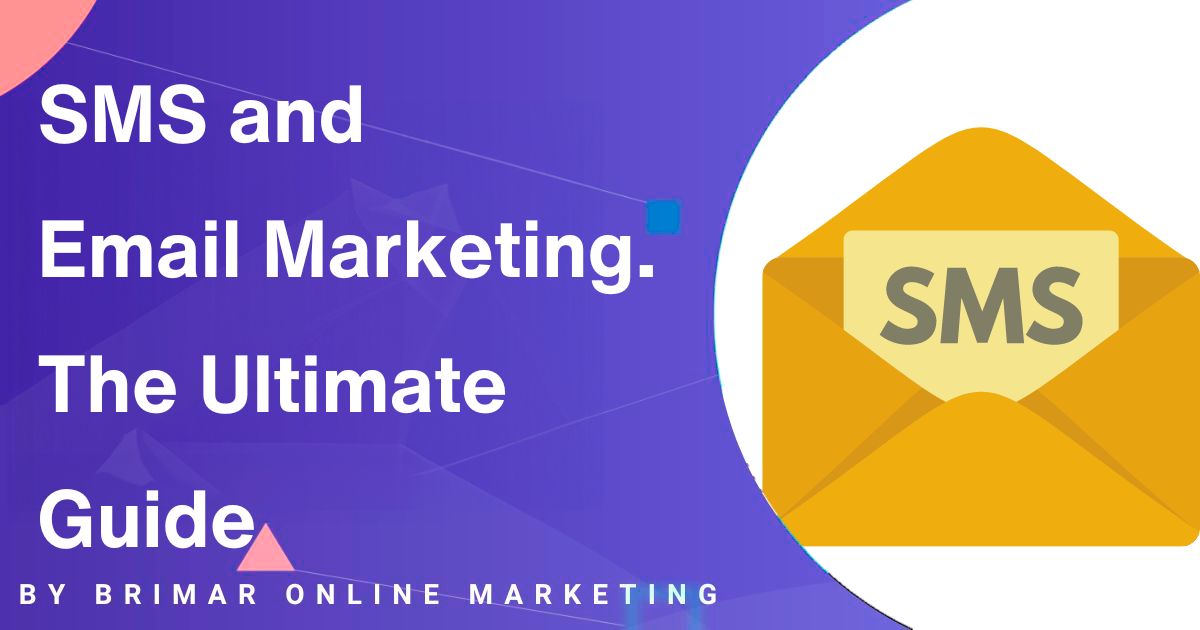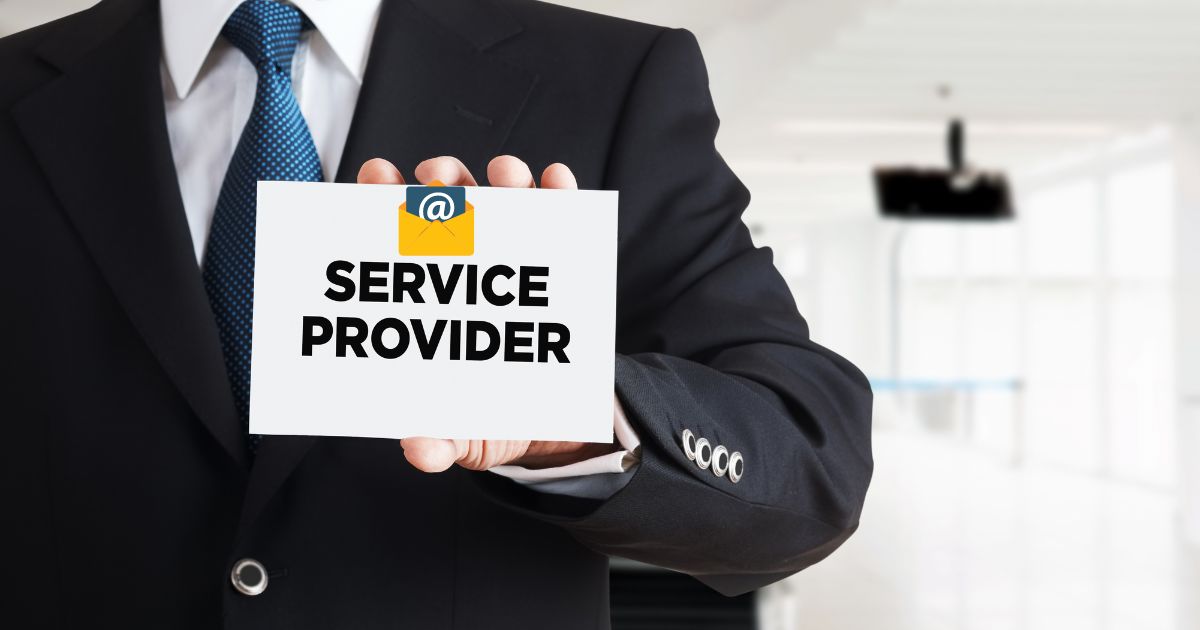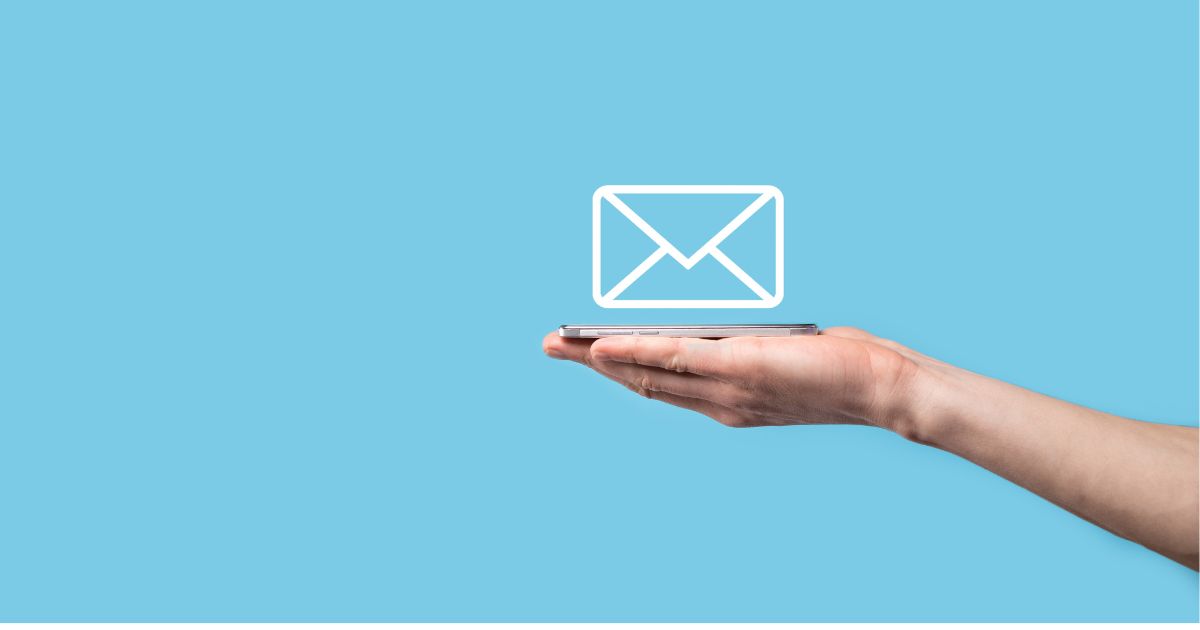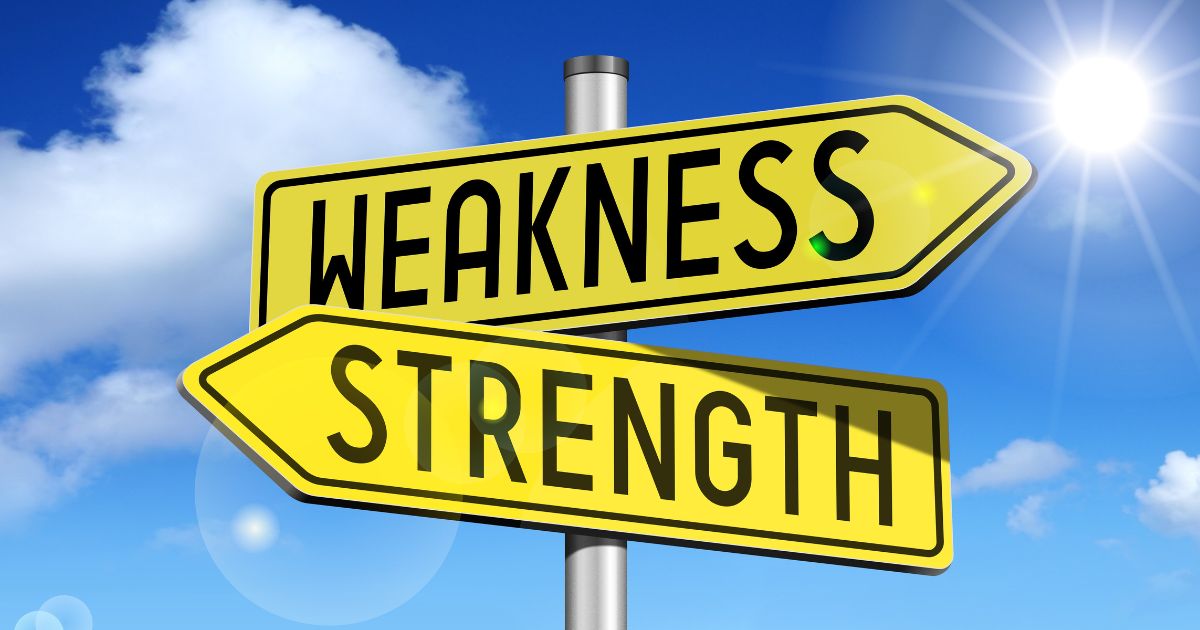
Digital marketing channels are becoming more crucial for businesses looking to connect with their audience.
Among the various options, SMS and email marketing stand out as two powerful tools that can significantly boost your marketing efforts.
Both channels offer unique advantages, but understanding how to use them effectively can make a big difference in achieving your marketing goals.
This article aims to delve into the strengths of SMS and email marketing, compare their features, and help you decide which channel suits your needs best.
What is SMS Marketing?
SMS marketing, or short message service marketing, is a form of digital marketing that involves sending promotional messages directly to customers’ mobile phones.
It’s a direct and immediate way to communicate with your audience, ensuring that your message gets noticed quickly.
Key Features
- High open rates: SMS messages boast impressive open rates, often much higher than email. Most people read text messages within minutes of receiving them, making it an effective way to grab your customers’ attention.
- Time-sensitive information: SMS is perfect for sending time-sensitive information such as flash sales or urgent updates. The immediacy of text messages ensures that your audience gets the message in real time.
- Immediate action: Because SMS messages are concise and direct, they often prompt immediate action. Whether it’s clicking a link, making a purchase, or redeeming a coupon, SMS can drive quick responses.
Common Uses
- Promotional messages: Businesses use SMS to send out promotional offers, discounts, and special deals to encourage quick purchases.
- Order confirmations: Sending order confirmations and shipping updates via SMS provides customers with instant notifications, improving their overall experience.
- Flash sales: Announcing flash sales through SMS can create a sense of urgency, driving immediate traffic and sales.
- Exclusive offers: Rewarding loyal customers with exclusive offers via SMS helps to foster loyalty and repeat business.
Understanding the unique benefits of SMS marketing can harness its power to engage your audience effectively and boost your marketing results.
Start Attracting Customers Through Email Marketing Today!
We can help you attract new customers through Tailored Email Marketing Strategies for Your Business.
How Email Marketing Works
Email marketing is a strategy that involves sending emails to a group of people to promote products, services, or engage with an audience.
Think of it as a direct line to your customers’ inboxes, offering a personal touch that other marketing channels often lack.
Key Features of Email Marketing
Long-form Content
Emails allow for in-depth information.
Unlike a quick text message, you can dive into details, share stories, and provide valuable insights that your audience can savor.
This makes it perfect for newsletters, product announcements, or educational content.
Detailed Information
With email, you have the space to be comprehensive.
You can include everything from product specifications to customer testimonials, ensuring your audience gets a complete picture.
Detailed information helps in building trust and driving informed decisions.
Versatility in Design and Content
Email marketing is incredibly flexible.
You can craft beautifully designed emails with images, videos, and links.
Whether you want to create a sleek, professional newsletter or a vibrant promotional email, the design possibilities are endless.
This versatility helps in capturing the readers’ attention and encouraging them to engage with your content.
Common Uses of Email Marketing
Email Newsletters
One of the most popular uses of email marketing is sending out newsletters.
These regular updates keep your audience informed about your latest news, products, or services.
They help maintain a connection with your customers, fostering a sense of community and loyalty.
Promotional Offers
Email is a fantastic way to share special deals and promotions.
Whether it’s a seasonal sale, a discount code, or an exclusive offer for subscribers, promotional emails can drive significant traffic to your website and boost sales.
Customer Engagement
Engaging with your audience is crucial, and email provides a direct way to do this.
From welcome emails to follow-up messages, you can create personalized experiences that make your customers feel valued.
Engaged customers are highly likely to make repeat purchases and become strong advocates for your brand.
Email Marketing Campaigns
A well-planned email marketing campaign can amplify your marketing efforts.
These campaigns can be tailored to specific goals, such as launching a new product, re-engaging inactive subscribers, or promoting an event.
By segmenting your email list and crafting targeted messages, you can achieve impressive results.
Email marketing is a powerful tool in any digital marketing strategy.
Its ability to deliver long-form content, detailed information, and versatile designs makes it an effective way to reach and engage your audience.
Whether you’re sending newsletters, promotional offers, or running targeted campaigns,
email remains a key player in connecting with your customers and driving business growth.
Comparing SMS and Email Marketing
Reach and Accessibility
When it comes to reaching your audience, both SMS and email have their unique strengths.
Let’s take a closer look:
SMS
Nearly everyone has a mobile phone these days, making SMS a powerful tool for marketers.
Text messages and MMS messages can reach people almost instantly, regardless of where they are.
This wide reach is especially useful when you need to get time-sensitive information out quickly.
Whether it’s a flash sale or an urgent update, SMS ensures your message gets seen.
While email marketing requires internet access, it’s still incredibly accessible thanks to the prevalence of smartphones and other mobile devices.
Most people check their email regularly, making it a reliable way to deliver detailed information.
Plus, email allows for more complex content, including images, links, and even interactive elements.
Engagement Metrics
Understanding how your audience engages with your messages is crucial for measuring the success of your marketing efforts.
Here’s how SMS and email stack up:
SMS
One of the biggest advantages of SMS marketing is its high open rate.
Most people read text messages within minutes of receiving them, which means your promotional messages are likely to get immediate attention.
Additionally, response rates for SMS tend to be higher, making it an effective way to prompt quick actions from your customers.
While email might not boast the same immediate open rates as SMS, it still holds its own with impressive click-through rates and conversion rates.
This is partly because email allows for more detailed information, giving recipients the chance to fully understand your offer before acting.
Crafting compelling content and using targeted email campaigns can drive significant customer engagement and conversions.
Content and Format
The type of content you can share and how you format it varies greatly between SMS and email, each offering unique advantages:
SMS
Text messages are perfect for short, direct, and time-sensitive content.
Whether it’s a quick promotional offer, a reminder, or an alert, SMS messages get straight to the point.
The brevity of SMS ensures your message is clear and concise, which is ideal for grabbing customers’ attention on the go.
Emails allow for more detailed and versatile content.
You can include everything from long-form articles and product announcements to detailed newsletters and promotional offers.
This format is perfect for providing comprehensive information, including visuals and links that can enhance the customer experience.
Email’s ability to convey detailed messages makes it a great way to nurture leads and build stronger relationships with your audience.
Understanding the strengths and limitations of both SMS and email marketing,
can better decide which channel to use based on your specific goals and the needs of your target audience.
Strengths and Weaknesses of Each Channel
SMS Marketing Strengths
High Open Rates When you send a text message, it’s almost guaranteed to be read.
SMS marketing boasts incredibly high open rates, often reaching above 90%.
This allows your message to reach your audience quickly and effectively.
Immediate Action
Text messages prompt fast responses.
Whether it’s a flash sale or an urgent update, SMS ensures your audience gets the message right away and can act on it instantly.
Effective Way to Capture Customers’ Attention
With the constant buzz of notifications, grabbing your audience’s attention can be tough.
SMS marketing cuts through the noise, delivering your message directly to their mobile phones.
This direct line of communication makes it a powerful tool for engaging customers.
SMS Marketing Weaknesses
Limited Content Length
SMS messages are short and sweet but sometimes too short.
You’re limited to 160 characters, which means you need to be concise.
This can be challenging when you need to convey detailed information or a complex message.
Potential for Overuse
There’s a fine line between keeping your audience informed and annoying them.
Overusing SMS can lead to your messages being ignored or, worse, customers opting out.
Finding the right balance is crucial.
Email Marketing Strengths
Detailed Information
Email allows for more comprehensive communication.
You can include detailed information, images, links, and even attachments.
This makes it perfect for newsletters, announcements, and any content that requires a bit more space.
Versatility in Content
From promotional offers to in-depth guides, email marketing offers great flexibility.
You can tailor your email messages to fit various needs, making it a versatile channel for different types of campaigns.
Email List Building
Building an email list gives you a direct line to your audience.
With an engaged email list, you can foster stronger relationships, keep customers informed, and drive repeat business.
This is an invaluable asset for any marketing strategy.
Email Marketing Weaknesses
Lower Open Rates Compared to SMS
Emails don’t always get the immediate attention that SMS does.
With overflowing inboxes, your marketing emails might get lost or ignored, leading to lower open rates.
Risk of Emails Being Marked as Spam
Navigating spam filters is a constant challenge.
If your emails aren’t properly crafted or if you send too frequently, you risk being marked as spam.
This can significantly hinder your email marketing efforts and damage your sender’s reputation.
By understanding the strengths and weaknesses of SMS and email marketing, you can make more informed decisions about how to use these channels effectively in your overall marketing strategy.
Both have their unique advantages, and when used together, they can complement each other to deliver powerful results.
Best Practices for SMS and Email Marketing
SMS Best Practices
Timing Your Messages for the Right Time
In SMS marketing, timing is absolutely critical.
Sending messages at the right moment ensures that your audience is more likely to engage with your content.
Think about your customers’ daily routines.
For instance, early evenings might be a perfect time to send promotional messages,
as people are winding down from their day and more likely to check their phones.
Avoid sending messages too early in the morning or late at night, as this can be intrusive and may annoy your audience.
Personalizing SMS Messages
Personalization goes a long way in making your SMS marketing effective.
A simple “Hello [Name],” can make your message feel more personal and relevant.
Using customer data, you can tailor messages to individual preferences and behaviors.
For example, if a customer frequently purchases a particular type of product, send them exclusive offers related to that product.
Personalization shows your customers that you know them and value their business, leading to higher engagement rates.
Compliance with the Telephone Consumer Protection Act
Compliance is crucial in SMS marketing.
The Telephone Consumer Protection Act (TCPA) in the United States regulates how businesses can contact consumers via text messages.
Ensure that you have explicit consent from your customers before sending SMS messages.
Provide clear opt-in and opt-out options, and respect any requests to stop receiving messages.
Remember, failure to comply can lead to significant fines and harm your brand’s reputation.
Email Best Practices
Segmenting Your Email List
Segmenting your email list enables you to send personalized messages to specific segments of your audience.
By dividing your email list based on criteria such as purchase history, engagement level, or demographics,
you can create more relevant and personalized email campaigns.
For instance, you might send a special discount to loyal customers or a welcome series to new subscribers.
Segmentation helps improve open rates and overall engagement.
Crafting Compelling Subject Lines
Your subject line is your first chance to make an impression, so craft it thoughtfully.
A compelling subject line grabs attention and entices the reader to open the email.
Keep it brief, transparent, and pertinent to your email’s content.
Personalization can also boost open rates; consider including the recipient’s name or referencing their interests.
Avoid using spammy language or excessive punctuation, as this can lead to your email being marked as spam.
Email Service Provider for Optimization

An email service provider (ESP) can be a game-changer for your email marketing strategy.
ESPs offer a range of tools to help you design, send, and track your emails more efficiently.
They provide templates, automation features, and analytics to optimize your campaigns.
With an ESP, you can automate welcome emails, follow-ups, and promotional campaigns, saving time and ensuring consistency.
Additionally, ESPs help you monitor key metrics like open rates and click-through rates, allowing you to adjust your strategy for better results.
By incorporating these best practices, you can enhance your SMS and email marketing efforts, ensuring that your messages resonate with your audience and drive the desired actions.
Integrating SMS and Email Marketing in Your Strategy
Using Both Channels for Maximum Impact
Blending SMS and email marketing is like mixing the best of both worlds.
SMS messages, with their high open rates and immediate action potential, grab customers’ attention quickly.
Meanwhile, email campaigns allow for detailed information and versatile content.
By leveraging both, you can reach a larger audience and cater to different preferences.
For instance, use SMS for time-sensitive promotions and quick updates, and email for in-depth content and engaging newsletters.
This combined approach ensures your message gets across effectively, keeping your brand at the forefront of your audience’s minds.
Mapping the Customer Journey with Both SMS and Email
Imagine a customer first learning about your brand through an email campaign offering valuable insights.
They become interested and sign up for SMS updates to receive exclusive offers and timely reminders.
Throughout their journey, from discovery to purchase and beyond, SMS and email work together to provide a seamless experience.
Use SMS to send order confirmations and flash sale alerts, while email can deliver post-purchase follow-ups and detailed product information.
This synergy creates a cohesive and engaging customer journey, enhancing satisfaction and loyalty.
Real-World Examples of Successful Integration
Let’s look at some real-world success stories.
A retail brand used SMS to send last-minute flash sale alerts, driving immediate traffic to their website,
while their email campaigns provided in-depth product descriptions and reviews.
This strategy boosted both short-term sales and long-term customer engagement.
Another example is a consultancy that used SMS for appointment reminders and exclusive offers,
ensuring clients never missed a session, and email for comprehensive follow-ups and feedback forms.
These examples show how integrating SMS and email can lead to impressive results.
Use Cases and Industry Applications
Retail and E-commerce
Promoting New Products
When launching a new product, send a teaser SMS to build anticipation, followed by a detailed email highlighting features and benefits.
Flash Sales
Use SMS to alert customers about a limited-time flash sale, driving immediate action.
Follow up with an email showcasing top deals and encouraging further browsing. Order
Confirmations
Send SMS order confirmations for instant reassurance, and use email to provide detailed order summaries and tracking information.
Services and Consultancies
Appointment Reminders
SMS reminders ensure clients don’t forget their appointments.
Complement this with email reminders that include additional preparation tips or resources.
Exclusive Offers
Share exclusive offers via SMS to create a sense of urgency, and use email to provide more context and details about the offer.
Event Management
Early Access
Grant early access to events or ticket sales via SMS, ensuring your loyal customers get the first chance.
Follow up with an email containing all event details and benefits of early access. Event Updates:
Use SMS for last-minute updates or changes, ensuring immediate delivery.
Provide comprehensive event information and schedules through email.
Measuring Success and Adjusting Strategies
Metrics to Monitor
To gauge the effectiveness of your SMS and email marketing efforts, keep an eye on key metrics:
- Open Rates: Track how many recipients open your messages. SMS generally boasts higher open rates compared to email.
- Click-Through Rates: Measure the percentage of recipients who click on links in your messages.
- Conversion Rates: Determine how many recipients take the desired action, such as making a purchase or signing up.
- Response Rates: Monitor how many recipients reply or engage with your messages.
Tools and Platforms
Utilize robust tools and platforms to streamline your marketing efforts:
- Email Marketing Platforms: Platforms like Mailchimp or Constant Contact help manage and optimize your email campaigns.
- Mobile App Integrations: Integrate your SMS marketing with mobile apps to enhance reach and engagement.
Continuous Improvement
Consistently analyze your data to understand what’s working and what isn’t:
- A/B Testing: Experiment with different messages, subject lines, and send times to find the best-performing strategies.
- Adjusting Strategies for Better Results: Based on your analysis and testing, refine your approach to improve your marketing efforts continually.
Conclusion
We’ve explored the powerful combination of SMS and email marketing, understanding their individual strengths and how they can be integrated for maximum impact.
Choosing the right channel for the right audience is crucial.
SMS grabs attention quickly, while email offers detailed engagement.
Together, they create a balanced and effective communication strategy.
Assess your marketing goals and consider how SMS and email marketing can work together to achieve them.
Start integrating these channels into your strategy today for better results and stronger customer relationships.
Our Email Services Have Helped Our Clients Increase Their Revenue!
“I highly recommend Brimar if your looking to grow your online business. You will be satisfied with the high level of expertise and high quality of services. It has helped my business grow by leaps and bounds.”
CEO


